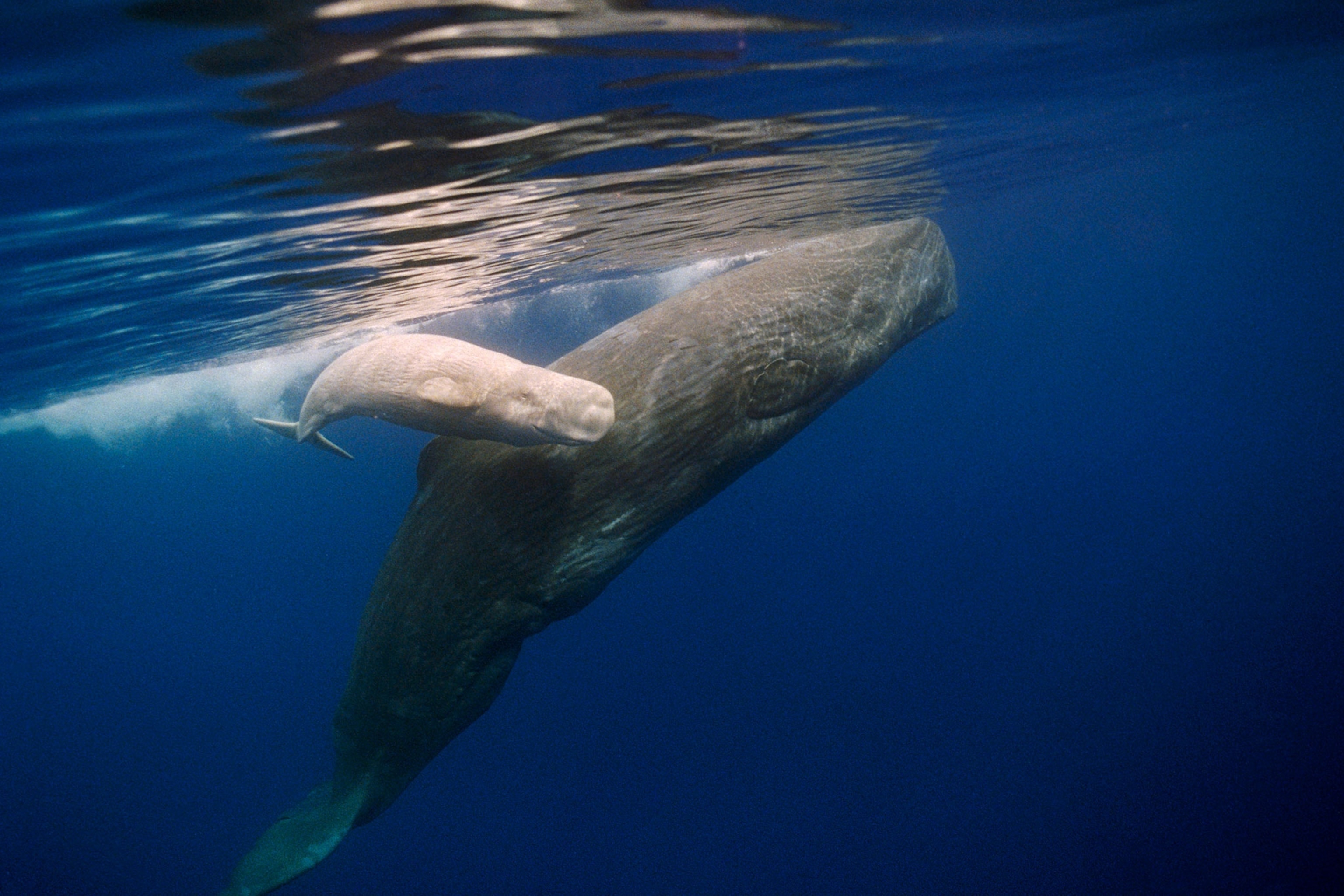6 Fierce Animal Moms That Go to Extremes For Their Young
For Mother's Day, we take a look at some of nature's dedicated mamas—which even includes octopuses and spiders.
Traditional Mother’s Day cards don’t usually say “You’re a total badass, Mom.”
But maybe they should.
Giving birth isn’t for sissies, after all—and some mothers go to extremes raising their offspring. This weekend, we celebrate the fierce mamas of the animal world.
Octopuses
An invertebrate may not pop to mind as stellar mom, but the octopus is in a league of its own. (Read more about Mother's Day's early years.)
After female octopuses lay huge amounts of eggs—sometimes in the thousands—they fan them with muscular organs called siphons, which keeps the developing babies oxygenated and free of harmful bacteria.
Not only that, octopus moms do not eat or leave the area while guarding their offspring, says Marah J. Hardt, author of Sex in the Sea.
For instance, a wild deep-sea octopus studied in Monterey Bay, California, watched over her eggs for four and a half years, the longest period ever recorded.
After the eggs hatch, the mother uses her siphon to blow them out into the open ocean.
“Then she dies,” Hardt says.
Meerkats
Venomous scorpions are a main food source for southern Africa’s meerkats, but it takes a while to learn how to handle the dangerous prey.
That's why moms and other family members are patient tutors to their pups, showing them how to carefully deal with the arachnids.
For instance, adults will injure scorpions, disabling their stingers, and give the still living prey to older pups for practice. (Read more about animals that school their young.)
“Moms come from a variety of packages,” including aunts and other family members, notes National Geographic Books editorial manager Bridget E. Hamilton, author of the new book The Wisdom of Moms: Love and Lessons from the Animal Kingdom.
Pandas
At birth, giant panda cubs are blind and “so tiny they should almost be like kangaroos in a pouch,” says Hamilton.
Aside from marsupials, pandas have the largest offspring-to-parent ratio: Newborns weigh three to five ounces—about the size of a stick of butter—while mom weighs in at roughly 300 pounds. (Related: "See Which Animals Have the Most Enormous—and Tiniest—Babies.")
Caring for such a tiny, helpless infant takes a lot of effort and attention, which is why panda moms cradle their cubs almost constantly.
For instance, Mei Xiang, who lives at Smithsonian's National Zoo, was so protective of her cub in 2013 that she tried to stop keepers from examining the infant.
Dolphins
Dolphins are speedy swimmers, and their calves need to keep up right from birth. To help, bottlenose dolphin moms “create a safe passageway for their babies”: A wake that effortlessly draws the youngsters alongside their moms, Hamilton says.
Should she lose her infant, though, mom might send out her signature whistle, kind of like calling her own name.
A 2016 study showed that calves that got separated from their moms were able to find her by listening to these calls.
Whales
The blue whale has the largest heart of any animal, 400 pounds—so it's not surprising these marine mammals can be big-hearted mamas.
Sperm whales, for example, nurse their young for over two years, which is quite a commitment, says Hardt.
Whales of many species also ardently defend their calves, especially against other predatory whales.
Recently a gray whale in Monterey Bay put her calf on her back and defended herself with her tail when attacked by a pod of orcas, reports KSBW News.
Spiders
While arachnids show varying degrees of parental care, the South American spider Mesabolivar aurantiacus "is a great spider mom,” Jo-Anne Sewlal, an arachnologist at the University of the West Indies, says via email.
This colorful mom-to-be “holds the egg sac constantly in her jaws until it hatches,” forgoing food until the young emerge, Sewlal says.
Wolf spider moms carry their egg sacs on their spinnerets, or silk-producing organs, for safekeeping, Sewlal says. (See: "Five Moms That Carry Babies on their Backs.")
Once the spiderlings hatch, they ride around on her back until they're ready to molt and leave their eight-legged RV.
Have a question about the weird and wild world? Tweet me, leave me a note in the comments, or find me on Facebook. Weird Animal Question of the Week answers your questions every Saturday.









